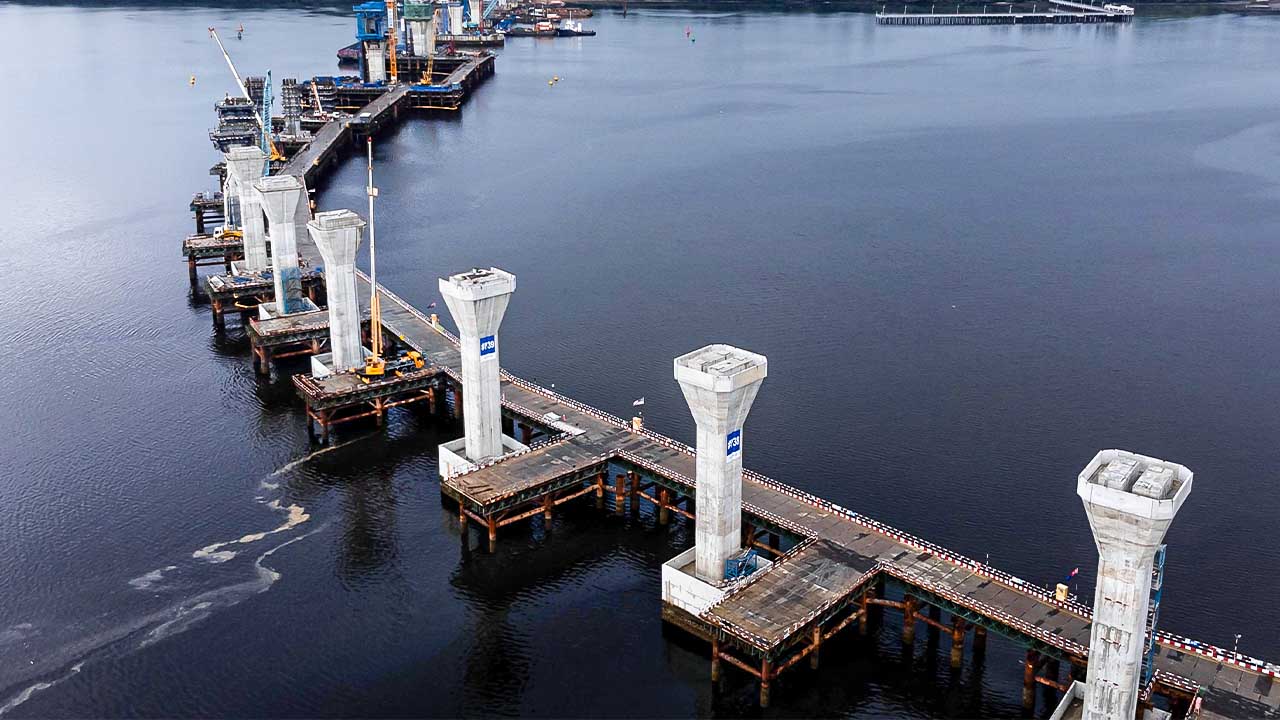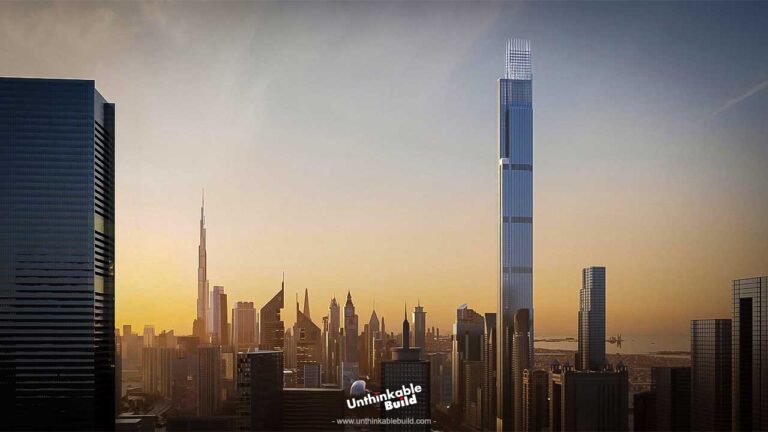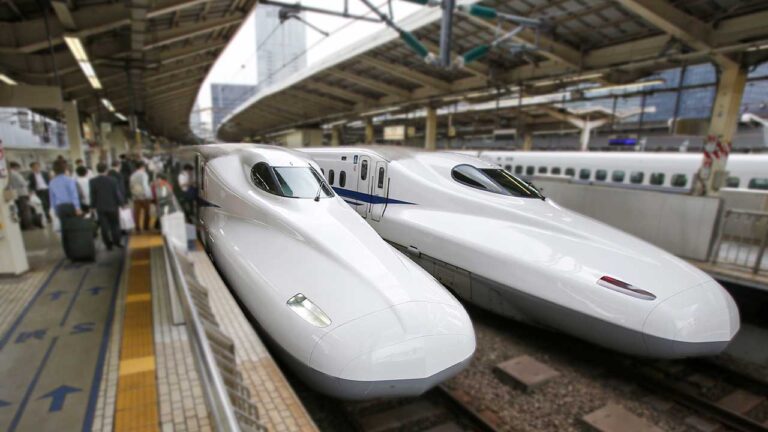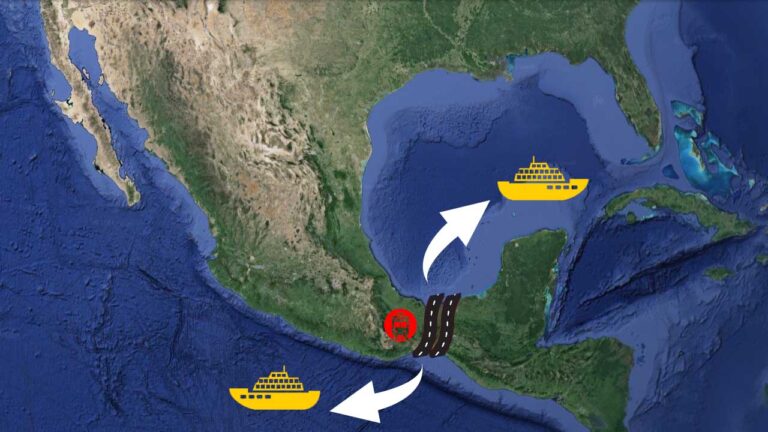Johor Bahru-Singapore RTS: Fixing Asia’s Biggest Traffic Jam
Malaysia and Singapore continue to maintain robust trade, investment, and tourism ties, benefiting from their geographical proximity and shared interests.
As of 2015, Singapore is Malaysia’s largest trading partner, with bilateral trade totaling approximately $28 billion. Conversely, Malaysia ranks as Singapore’s third-largest trading partner, after China and Hong Kong.
Socio-economic ties are particularly strong, especially between Malaysia’s southernmost state Johor and Singapore. Every day, over 350,000 residents travel between Malaysia and Singapore across the Strait of Johor, the narrow waterway that separates the two countries.
The proximity of the two countries makes it feasible for individuals to live in one country and work in the other. The reasons for crossing the border can vary greatly based on individual circumstances. Whether it’s for work, leisure, education, or personal connections, the Malaysia-Singapore border remains a vital link between these two nations.
The existing land checkpoints, the Johor-Singapore Causeway and Second Link, have limited capacity. Expanding or building new infrastructure requires significant investment and coordination between both countries.
Enhancing cross-border transportation between the two countries involves a delicate balance of technical, political, environmental, and social considerations. Both Malaysia and Singapore continue to work together to address these challenges and create better connectivity for their citizens and visitors.
The Kuala Lumpur-Singapore High-Speed Rail Project was envisioned to connect the capitals with a swift 90-minute journey, yet it was put on hold in 2021 due to financial considerations. Undeterred, Singapore and Malaysia have now set their sights on the Rapid Transport System, a dazzling $2.9 billion rail initiative. This ambitious undertaking aims to alleviate traffic congestion and streamline immigration procedures, promising to enhance the travel experience between these dynamic nations to unprecedented levels of convenience and charm.
Also Read: Russia’s Poseidon Torpedo: A Silent Menace to Global Security
The journey from Johor Bahru to Singapore across the 1 km-long Causeway bridge can stretch to 1 to 2 hours during weekdays, and even longer on weekends and public holidays. Approximately 145,000 vehicles navigate Johor Bahru’s Customs and Immigration complex daily.
In the 1990s, the Second Link was conceived as a remedy to ease the bustling traffic on the Causeway. However, over time, both routes have succumbed to the sheer influx of travelers, causing frustration among commuters.
An eagerly anticipated remedy to this issue is the Rapid Transit System railway shuttle, set to launch in 2026. This 4 kilometers long double track rail connection will link Bukit Chagar in Johor Bahru to Woodlands in Singapore, capable of transporting around 10,000 passengers per hour in both directions.
Upon completion, trains are expected to arrive approximately every eight minutes on average, significantly improving connectivity and convenience for commuters traveling between Johor Bahru and Singapore. Notably, the project is projected to cost approximately $2.9 billion, with Singapore bearing 61% of the total expenditure.
Touted as a game changer for both countries, the project was first proposed in 2010. But construction initially faced a series of delays and didn’t start chugging along until a decade later in July 2020.
The Johor-Singapore Rapid Transit System project involves collaboration among several key entities. Contractors involved include Ekovest Construction, while China Communications Construction Company is responsible for constructing the bridge spanning the Straits of Johor for the RTS Link.
AECOM’s specialized metro team in Malaysia is also actively contributing to the Johor Bahru-Singapore RTS project. They are providing architectural and engineering consultancy services aimed at easing congestion and air pollution at one of the world’s busiest border crossings.
AECOM initiated Phase 1 of the project that involves Engineering Study, in 2012 and advanced to Phase 2 with Detailed Engineering Design and Construction Stage Support in 2016. Early in 2020, further project optimization was conducted during Phase 3, paving the way for subsequent activities under Phase 4.
The Johor-Singapore Rapid Transport System project involves 2.3 km of elevated track and 1.7 km underground, tailored for Light Rail Vehicles that can reach speeds up to 80 km/h. A significant portion of the track is being built overwater viaduct, with a short segment transitioning into an underground tunnel in Singapore.
On the Singaporean side, construction involves erecting 12 piers to support the country’s 730-meter segment of the viaduct: three on land and nine over the water. A total of 207 precast concrete segments, each weighing about 180 tons, are being lifted and assembled to connect these 12 piers. In December 2023, a significant milestone was achieved when a 17.1-meter drop-in span concrete structure was installed, linking the piers from Singapore and Malaysia across Strait of Johor.
This 340-ton piece was initially constructed on-site and then carefully lowered onto temporary steel bearings that bridged both piers. Once the span was securely positioned, workers removed the steel structures and installed safety barriers along the edges.
Operated by a joint entity comprising Singapore’s SMRT Corporation and Malaysia’s Prasarana, the initial concession period for the RTS Link is set at 30 years. Upon its expected completion by the end of 2026, the RTS Link will significantly enhance connectivity and facilitate seamless travel between the two neighboring countries, thereby replacing the existing KTM Intercity’s Shuttle Tebrau service between JB Sentral and Woodlands Train Checkpoint in Singapore.
The Johor Bahru–Singapore Rapid Transit System Link project not only enhances regional connectivity but also prioritizes environmental sustainability by facilitating efficient and eco-friendly travel options between Malaysia and Singapore.
The RTS has been conscientious about environmental impacts. The project is expected to alleviate traffic congestion on the Johor-Singapore Causeway by offering a more efficient transit alternative, thereby reducing the number of cars and mitigating associated air pollution.
Also Read: Burj Al Babas: Turkey’s $200 Million Disney-Inspired Ghost Town
One of the project’s engineering marvels includes constructing a 25-meter-high bridge over the Strait of Johor, linking Woodlands North Station in Singapore to Bukit Chagar Station in Johor Bahru. This demonstrates a commitment to sustainable infrastructure development and enhances connectivity between the two cities.
The Johor-Singapore Rapid Transit System project promises significant benefits for commuters and trade between Johor Bahru and Singapore. It aims to revolutionize commuting by providing a faster and more efficient transportation option. By slashing travel times between the two cities, the RTS Link will make daily border crossings easier for workers, students, and leisure travelers alike. The rail link is poised to reduce congestion at the border and enhance overall connectivity across the region.
The project is set to bolster trade and economic ties between Malaysia and Singapore. A robust transportation infrastructure is vital for facilitating smoother movement of goods and services, benefiting businesses on both sides of the border. Enhanced logistics and reduced transit times are expected to stimulate increased trade volumes and foster stronger economic collaboration.
Beyond economic impacts, the RTS will also promote tourism and cultural exchange. Tourists will find it more convenient to explore attractions, shopping districts, and culinary delights in Johor Bahru and Singapore, contributing to cross-border tourism growth. Additionally, the increased ease of travel will encourage cultural interactions and collaborations between communities on both sides.
The RTS project also aligns with environmental goals by reducing reliance on private vehicles and alleviating traffic congestion. By curbing air pollution and greenhouse gas emissions associated with road transport, the RTS contributes to environmental sustainability in the region.
This engineering marvel is poised to enhance regional connectivity, stimulate economic activities, promote tourism, and foster environmental sustainability. It represents a significant step towards improving the quality of life and fostering closer ties between Malaysia and Singapore.
As we look forward to its completion by the end of 2026, join us on this journey of exploration and discovery as we continue to uncover the latest updates and insights into this monumental infrastructure development.







